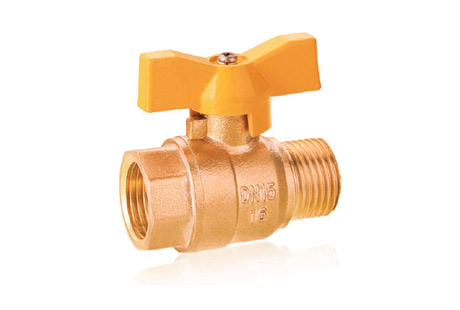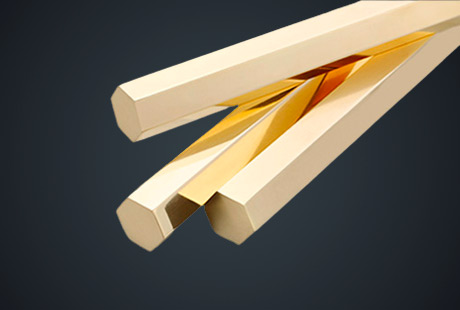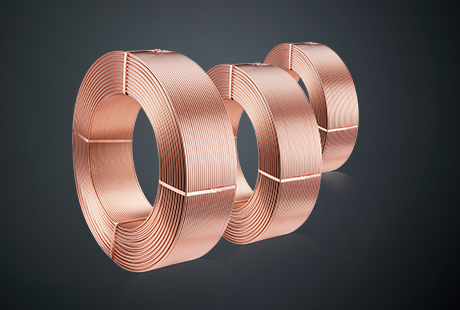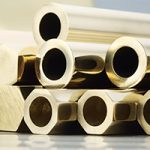Soldering end feed fittings requires a specific set of tools to ensure accurate and reliable connections. Using the wrong tools can not only hinder your progress but also lead to faulty solder joints and potential leaks. In this blog post, we will discuss the importance of selecting the right tools for soldering end feed fittings and provide you with a primer on the essential equipment needed to achieve professional results.
Propane Torch or Soldering Iron?
The first decision to make when soldering end feed fittings is choosing between a propane torch or a soldering iron. Both have their pros and cons, depending on the size and complexity of the job. In general, a propane torch is more commonly used for larger projects, such as heating large diameter pipes or soldering in tight spaces. It provides a high heat output and allows for quicker soldering. On the other hand, a soldering iron is better suited for smaller fittings or delicate projects that require more precision. It provides a controlled heat source and allows for more accurate soldering.
Pipe Cutter and Deburring Tool
Another essential tool for soldering end feed fittings is a pipe cutter. This tool allows you to accurately cut copper pipes to the desired length. A pipe cutter consists of a cutting wheel mounted on a handle, which cleanly scores the outside of the pipe. Once the pipe is scored, it can be snapped off using the built-in mechanism or a separate pipe cutter tool. This tool ensures precise cuts, which are crucial for achieving proper fitting connections.
After cutting the pipe, it is important to remove any burrs or rough edges. This is where a deburring tool comes in handy. A deburring tool features a cylindrical blade that effectively removes burrs, ensuring a smooth and clean surface. Running the deburring tool around the cut end of the pipe helps create a flush fitting, resulting in a better connection and improved solder flow.
Flux Brush and Flux
Flux is a critical component in the soldering process, as it helps clean and protect the surfaces being soldered. To ensure even and precise application of flux, a flux brush is necessary. It typically features fine bristles that allow for easy and controlled flux application. A flux brush ensures complete coverage, promoting optimal solder flow and preventing oxidation.
When it comes to selecting the right flux, there are several options available. It is recommended to choose a flux specifically designed for soldering copper pipes. These fluxes typically contain a combination of chemicals that aid the soldering process and produce reliable connections. Avoid using fluxes intended for other materials, as they may not work effectively with copper.
Solder and Solder Wire Dispenser
Solder is the essential material that binds the end feed fittings to the copper pipes. When soldering end feed fittings, it is crucial to use lead-free solder, as lead-based solder is prohibited due to health and environmental concerns. Lead-free solder typically consists of tin and other metals, providing a reliable, strong, and safe bond.
To ensure easy and controlled access to solder, a solder wire dispenser is highly recommended. This tool holds the solder wire securely and allows for smooth dispensing, preventing tangles or waste. A solder wire dispenser makes soldering more efficient and helps achieve consistent results.
In conclusion, choosing the right tools is crucial when soldering end feed fittings. Whether it's selecting a propane torch or soldering iron, using a pipe cutter and deburring tool, finding the right flux and flux brush, or opting for a solder wire dispenser, each tool plays a vital role in achieving professional and secure soldered connections. By investing in the appropriate tools and understanding their purposes, you can approach your soldering projects with confidence and ensure successful outcomes.

 English
English 日本語
日本語 한국어
한국어 français
français Deutsch
Deutsch Español
Español italiano
italiano العربية
العربية tiếng việt
tiếng việt Türkçe
Türkçe ไทย
ไทย 中文
中文





